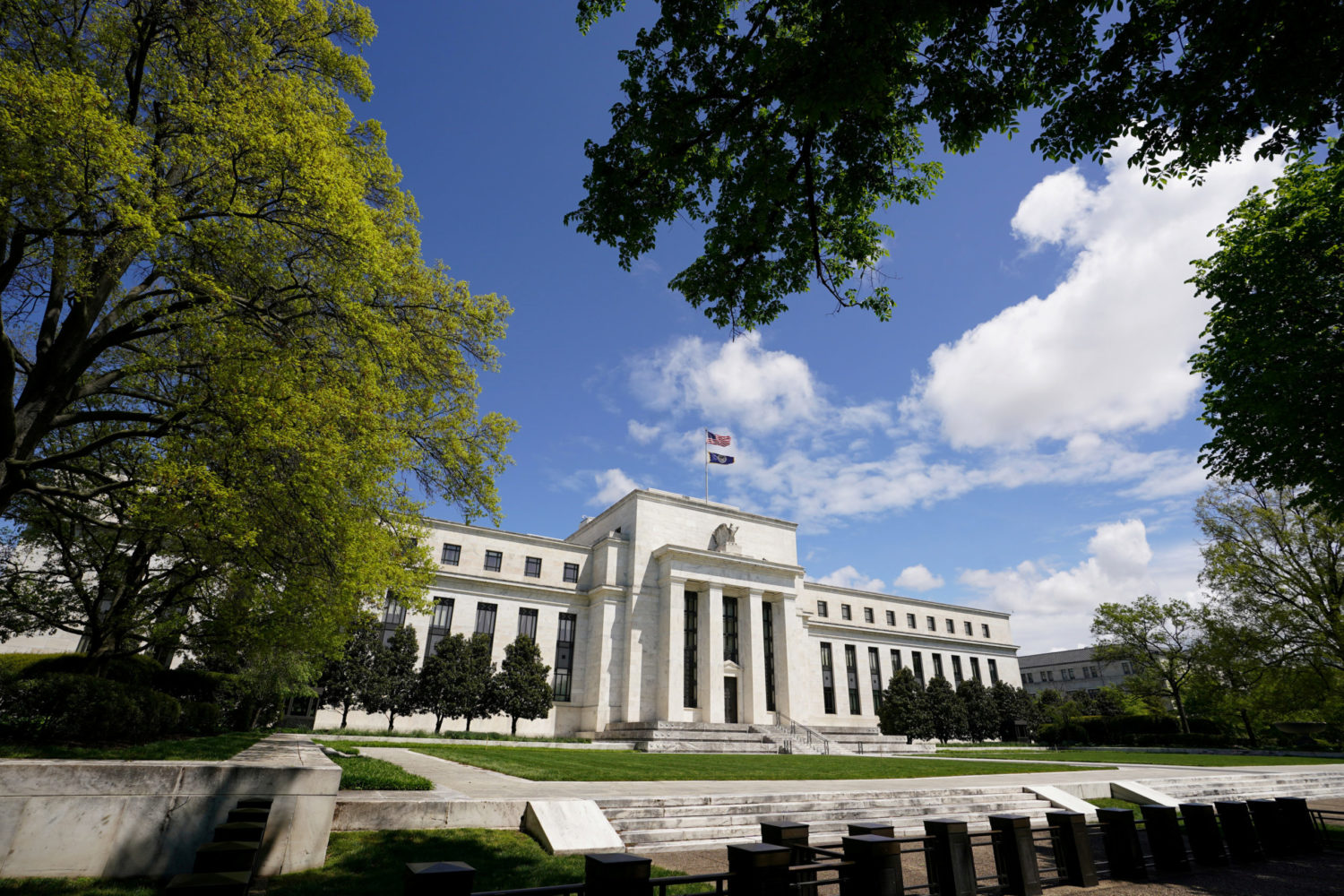
By Richard Cowan and Susan Cornwell
WASHINGTON (Reuters) – The
By Richard Cowan and Susan Cornwell
WASHINGTON (Reuters) – The U.S. Congress this week will consider legislation funding the federal government through mid-December, with lawmakers hoping to avoid the spectacle of a government shutdown amid a pandemic and just weeks before the Nov. 3 elections.
House Democrats announced Monday they had filed the legislation, which leaves out new money that President Donald Trump wanted for farmers. A Democratic aide said the bill could be on the House floor as soon as Tuesday. The Senate could then act later this week.
The new federal fiscal year starts on Oct. 1.
The bill is designed to give lawmakers more time to work out federal spending for the period through September 2021, including budgets for military operations, healthcare, national parks, space programs, and airport and border security.
The spending proposal “will avert a catastrophic shutdown in the middle of the ongoing pandemic, wildfires and hurricanes, and keep government open until December 11, when we plan to have bipartisan legislation to fund the government for this fiscal year,” House Speaker Nancy Pelosi said in a statement.
But the measure’s December end date will require Congress to return to the government funding question again during its post-election lame-duck session, either during or after what could be a bruising fight to confirm Trump’s third Supreme Court nominee after the death of Supreme Court Justice Ruth Bader Ginsburg.
And the legislation does not include $21.1 billion the White House sought to replenish the Commodity Credit Corporation, a program to stabilize farm incomes, because Democrats considered this a “blank check” for “political favors,” said a House Democratic aide who asked not to be named. Trump promised more farm aid during a rally in Wisconsin last week.
Republicans were not happy. “House Democrats’ rough draft of a government funding bill shamefully leaves out key relief and support that American farmers need. This is no time to add insult to injury and defund help for farmers and rural America,” Senate Majority Leader Mitch McConnell wrote on Twitter. Republicans could seek to amend the document to add in the provision.
The bill proposes spending $14 billion to shore up a trust fund that pays for airport improvements and air traffic control
operations. It also proposes extending surface transportation funding for another year, directing $13.6 billion to maintain current spending levels on highways and mass transit.
Pelosi said the bill would also save America’s older citizens from an increase in Medicare health insurance premiums of up to $50 per month.
Congressional Democrats have had a stormy relationship with the White House over federal funding since Trump took office early in 2017. He has sought deep cuts in domestic spending while ramping up military funds.
(Reporting by Richard Cowan and Susan Cornwell; additional reporting by David Shepardson and Doina Chiacu; Editing by Scott Malone and Steve Orlofsky)
this week will consider legislation funding the federal government through mid-December, with lawmakers hoping to avoid the spectacle of a government shutdown amid a pandemic and just weeks before the Nov. 3 elections.
House Democrats announced Monday they had filed the legislation, which leaves out new money that President Donald Trump wanted for farmers. A Democratic aide said the bill could be on the House floor as soon as Tuesday. The Senate could then act later this week.
The new federal fiscal year starts on Oct. 1.
The bill is designed to give lawmakers more time to work out federal spending for the period through September 2021, including budgets for military operations, healthcare, national parks, space programs, and airport and border security.
The spending proposal “will avert a catastrophic shutdown in the middle of the ongoing pandemic, wildfires and hurricanes, and keep government open until December 11, when we plan to have bipartisan legislation to fund the government for this fiscal year,” House Speaker Nancy Pelosi said in a statement.
But the measure’s December end date will require Congress to return to the government funding question again during its post-election lame-duck session, either during or after what could be a bruising fight to confirm Trump’s third Supreme Court nominee after the death of Supreme Court Justice Ruth Bader Ginsburg.
And the legislation does not include $21.1 billion the White House sought to replenish the Commodity Credit Corporation, a program to stabilize farm incomes, because Democrats considered this a “blank check” for “political favors,” said a House Democratic aide who asked not to be named. Trump promised more farm aid during a rally in Wisconsin last week.
Republicans were not happy. “House Democrats’ rough draft of a government funding bill shamefully leaves out key relief and support that American farmers need. This is no time to add insult to injury and defund help for farmers and rural America,” Senate Majority Leader Mitch McConnell wrote on Twitter. Republicans could seek to amend the document to add in the provision.
The bill proposes spending $14 billion to shore up a trust fund that pays for airport improvements and air traffic control
operations. It also proposes extending surface transportation funding for another year, directing $13.6 billion to maintain current spending levels on highways and mass transit.
Pelosi said the bill would also save America’s older citizens from an increase in Medicare health insurance premiums of up to $50 per month.
Congressional Democrats have had a stormy relationship with the White House over federal funding since Trump took office early in 2017. He has sought deep cuts in domestic spending while ramping up military funds.
(Reporting by Richard Cowan and Susan Cornwell; additional reporting by David Shepardson and Doina Chiacu; Editing by Scott Malone and Steve Orlofsky)












